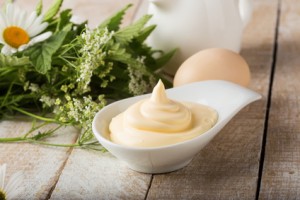 Thanks to Cheeseslave for this awesomely delicious homemade lacto-fermented mayonnaise recipe that is GAPS and SCD legal!
Thanks to Cheeseslave for this awesomely delicious homemade lacto-fermented mayonnaise recipe that is GAPS and SCD legal!
Serves: 2 to 2-1/2 cups
Cook time: 15 minutes
Source: Cheeseslave
Ingredients
- 3 large pasture-raised egg yolks (room temperature)
- 1-1/2 – 2 cup extra-virgin olive oil
- 3-5 teaspoons freshly squeezed lemon juice
- 1/2 teaspoon sea salt
- 1/4 teaspoon mustard
- 2-3 tablespoons fresh whey (leftover from making homemade yogurt or kefir)
Directions
Mix the egg yolks for 1-2 minutes. If using cold (not room temperature), mix a few minutes more. This is the key to mayonnaise that will set. If you use cold egg yolks, the mayo will not set unless they are warmed up in the blender (or whisked long enough in a warmed bowl).
Add the lemon juice (or vinegar), sea salt, and mustard. Mix for 30 seconds more.
With the blender running, add the olive oil drop by drop. When I say drop by drop, I mean drop by drop. Or at least a very thin, slow stream. This is the other very important element for making a mayo that will emulsify. If you go too fast, you’ll end up with runny mayonnaise.
Once you’ve added about 1/2 a cup of olive oil, the sauce should have thickened into a heavy cream, and now you can add the oil in a thicker stream. Not too fast, though (especially if you are a beginner). If the mayo becomes too thick, add a few more drops of lemon juice or vinegar.
Blend in the whey. Spoon into a mason jar, cover with a lid, and leave it on the counter or in a cupboard (at room temperature) for several hours. Then transfer to the fridge.
See Also
Sign up for my best gluten-free, dairy-free recipes below:
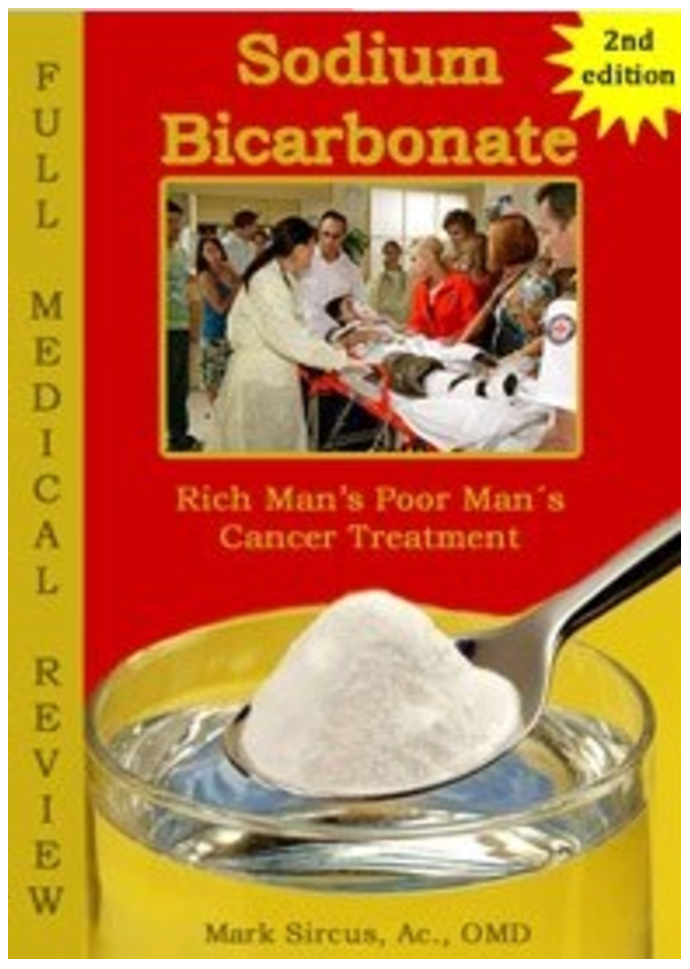 I have to say, I was fascinated with the material in Dr. Mark Sircus’ book, “Sodium Bicarbonate: Rich Man’s, Poor Man’s Cancer Treatment” because it provides a fundamental framework for understanding the nature of disease: that chronic health conditions and diseases arise from an acidic state of the body.
I have to say, I was fascinated with the material in Dr. Mark Sircus’ book, “Sodium Bicarbonate: Rich Man’s, Poor Man’s Cancer Treatment” because it provides a fundamental framework for understanding the nature of disease: that chronic health conditions and diseases arise from an acidic state of the body. pH testing is an easy way to determine your level of health. I’ve got some
pH testing is an easy way to determine your level of health. I’ve got some 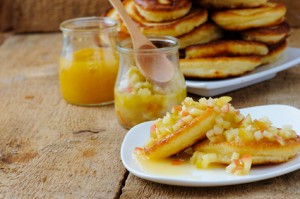
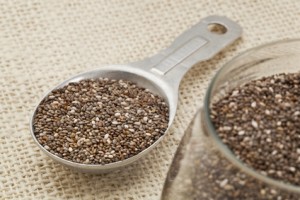
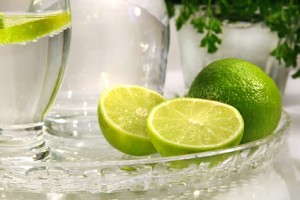
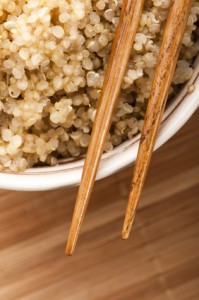
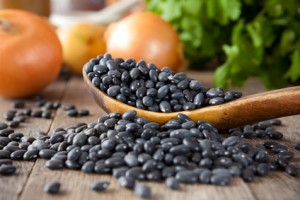
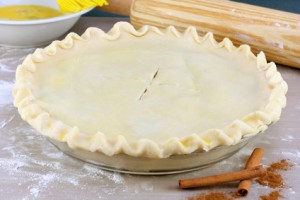
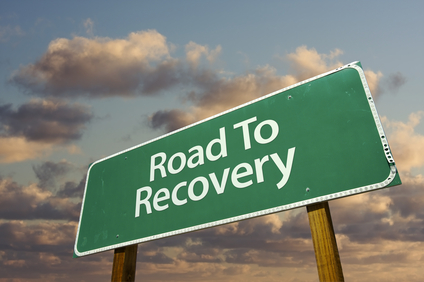 You may or may not know my personal recovery story. I have recovered my 2 sons, now ages 5 and 7, from sensory processing disorder (SPD), asthma, allergies, acid reflux and eczema with a biomedical approach, which means correcting nutritional and hormonal deficiencies, removing toxicities and correcting gut dysbiosis.
You may or may not know my personal recovery story. I have recovered my 2 sons, now ages 5 and 7, from sensory processing disorder (SPD), asthma, allergies, acid reflux and eczema with a biomedical approach, which means correcting nutritional and hormonal deficiencies, removing toxicities and correcting gut dysbiosis.

